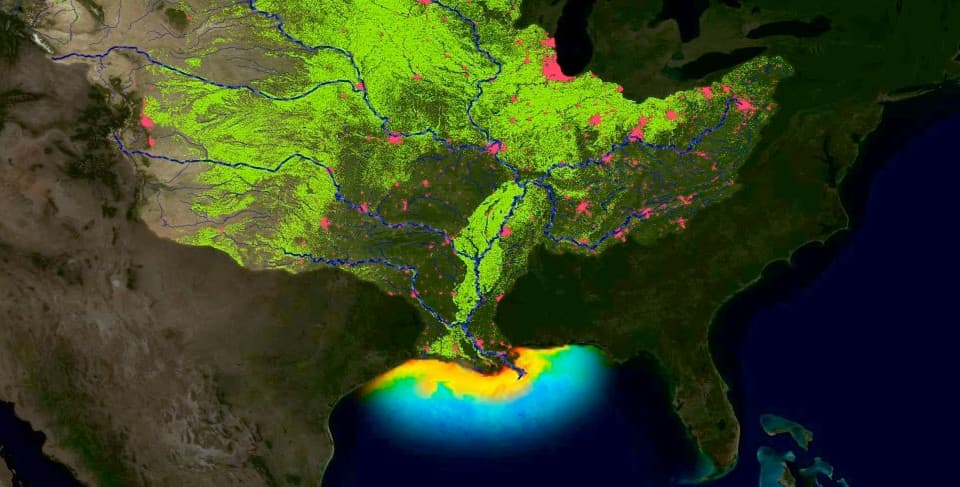Dealing with Dead Zones: Hypoxia in the Ocean
Archived series ("Inactive feed" status)
When?
This feed was archived on October 03, 2017 13:49 (
Why? Inactive feed status. Our servers were unable to retrieve a valid podcast feed for a sustained period.
What now? You might be able to find a more up-to-date version using the search function. This series will no longer be checked for updates. If you believe this to be in error, please check if the publisher's feed link below is valid and contact support to request the feed be restored or if you have any other concerns about this.
Manage episode 198894335 series 1488608

When water runs off of farmland and urban centers and flows into our streams and rivers, it is often chock-full of fertilizers and other nutrients. These massive loads of nutrients eventually end up in our coastal ocean, fueling a chain of events that can lead to hypoxic "dead zones" — areas along the sea floor where oxygen is so low it can no longer sustain marine life. In this episode, we're joined by NOAA scientist Alan Lewitus to explore why dead zones form, how the problem of hypoxia is growing worse, and what we're doing about it.
53 episodes




